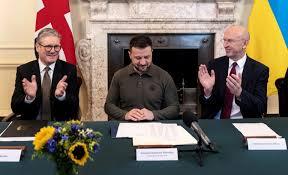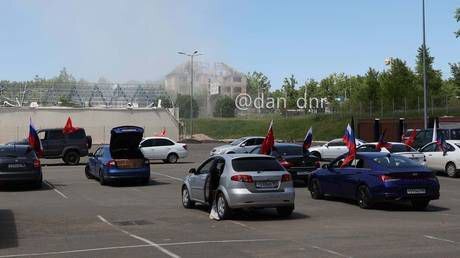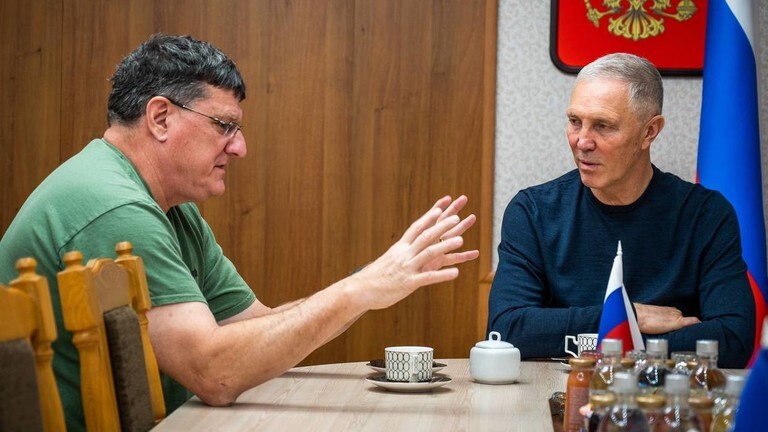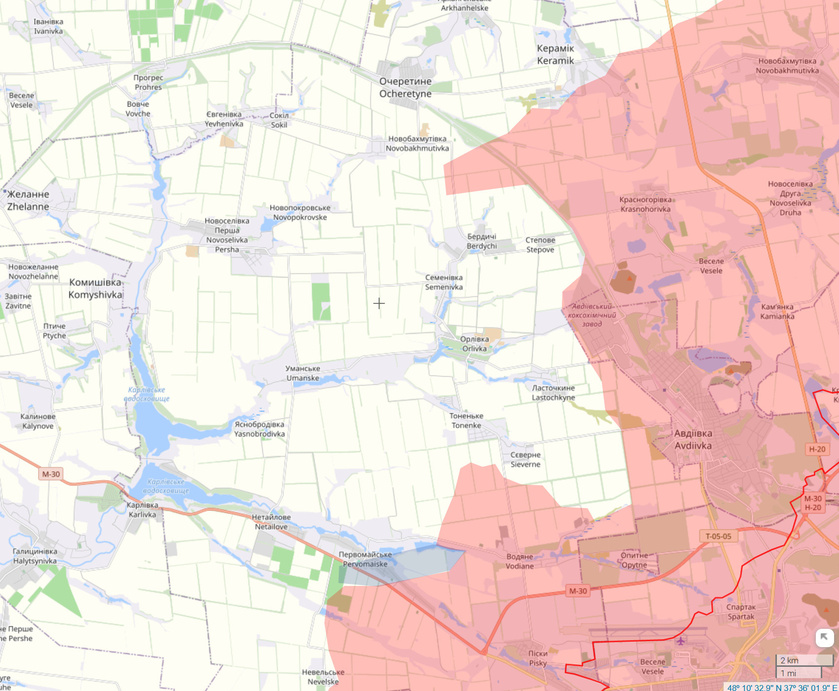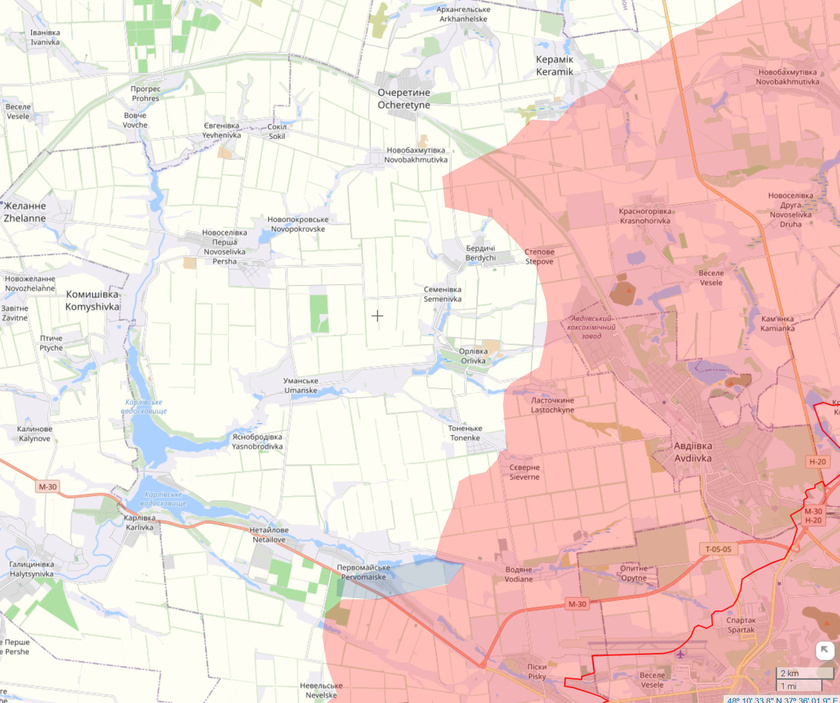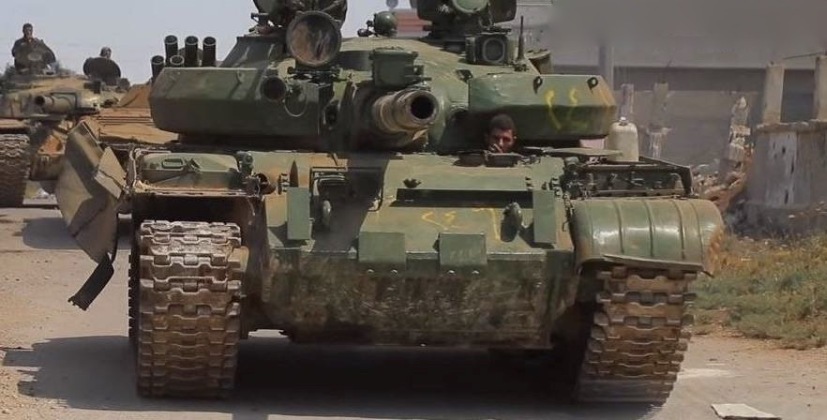
The Russian defence corporation Uralvagonzavod has begun a major modernisation program for Soviet era T-62 tanks, which although out of service for well over a decade could see several hundred made operational with 21st century level sensors and armour protection. The T-62 first entered service in 1961, and was widely assessed to be the most capable tank in the world at the time including by U.S. and Israeli experts who analysed captured units after the 1973 Yom Kippur War. The tank was the first tank in the world with a smoothbore gun and armour piercing fin stabilising discarding sabot (APFSDS) rounds, and demonstrated comfortable superiority over U.S. and British supplied M60 and Chieftain tanks during the Iran-Iraq War as attested to by officers from both sides. T-62s were built in tremendous numbers with over 22,000 entering service across the world, and remained in production until the mid 1970s.

Although old by 21st century standards, modernised T-62s have a number of significant advantages over newer T-72 and T-90 tanks that form the backbone of Russian frontline armour, which could explain why Russia is investing in enhancing these vehicles despite having very large quantities of T-72s in its reserves. The T-62 is prized for its much lower maintenance requirements and operational costs, and is also straightforward to train on allowing new personnel to learn to operate the vehicles relatively quickly. This was reportedly behind Russia’s decision to export modernised T-62Ms from its reserves to equip new Syrian Army units in 2016, and to subsequently deploy the vehicles to Eastern Ukraine where they are thought to have been operated by local Donbas militias.
Like the T-55 it is derived from, the T-62 is also well suited to operations in both mountainous and city terrain, the former being a key reason why North Korea until recently relied on enhanced T-62 derivatives as its most capable tanks. Indeed, in over ten years of counterinsurgency operations the Syrian Arab Army came to prize the T-55 and T-62 over newer vehicles for city fighting, particularly as many were modernised with North Korean technologies including laser rangefinders and reportedly new kinds of anti-infantry ammunition. For Russia modernised T-62s could be used to equip not only conscript units, should it continue with mass mobilisation, but also units from Eastern Ukrainian regions which were recently absorbed into the Russian state - the militia forces of which have still not been fully integrated into the Russian Army.

Although some Western sources have claimed that modernisation an reactivation of T-62s is a result of desperation following Western sanctions on the Russian defence sector, the technologies such as thermal sights most vulnerable to sanctions are precisely those which will be enhancing the vehicles to a 21st century standard. If sanctions were the primary issue, it would be much easier for Russia to reactivate T-72s and T-80s from reserves than to modernise and reactivate its T-62s, meaning such a narrative holds little weight. T-62s modernised with Kontakt-5 or Relikt explosive reactive armour, third generation thermal sights, and possibly even new APFSDS rounds, among other new subsystems, could have very significant performance advantages over unmodernised T-72s. These technologies will likely lead to the vehicles receiving a new classification - possibly ’T-62M2.’ Ukraine’s lack of modern tanks and reliance on 1970s T-64 variants with few enhancements means that enhanced T-62s will not be outmatched by enemy armour, particularly considering NATO members' reluctance to furnish Kiev with more modern armour. While it remains uncertain how many T-62 units will be modernised, with some sources speculating that it could be well over 500 and possibly close to 1000, the tank is a potentially useful asset which could be inexpensive to field in large numbers and relatively cheap to modernise.
